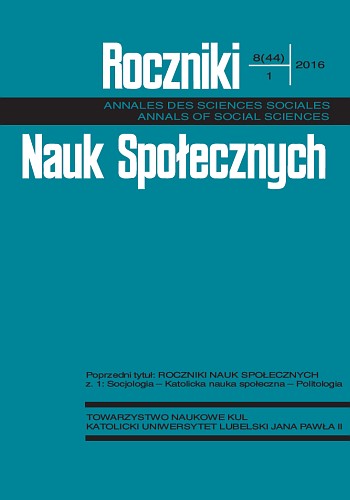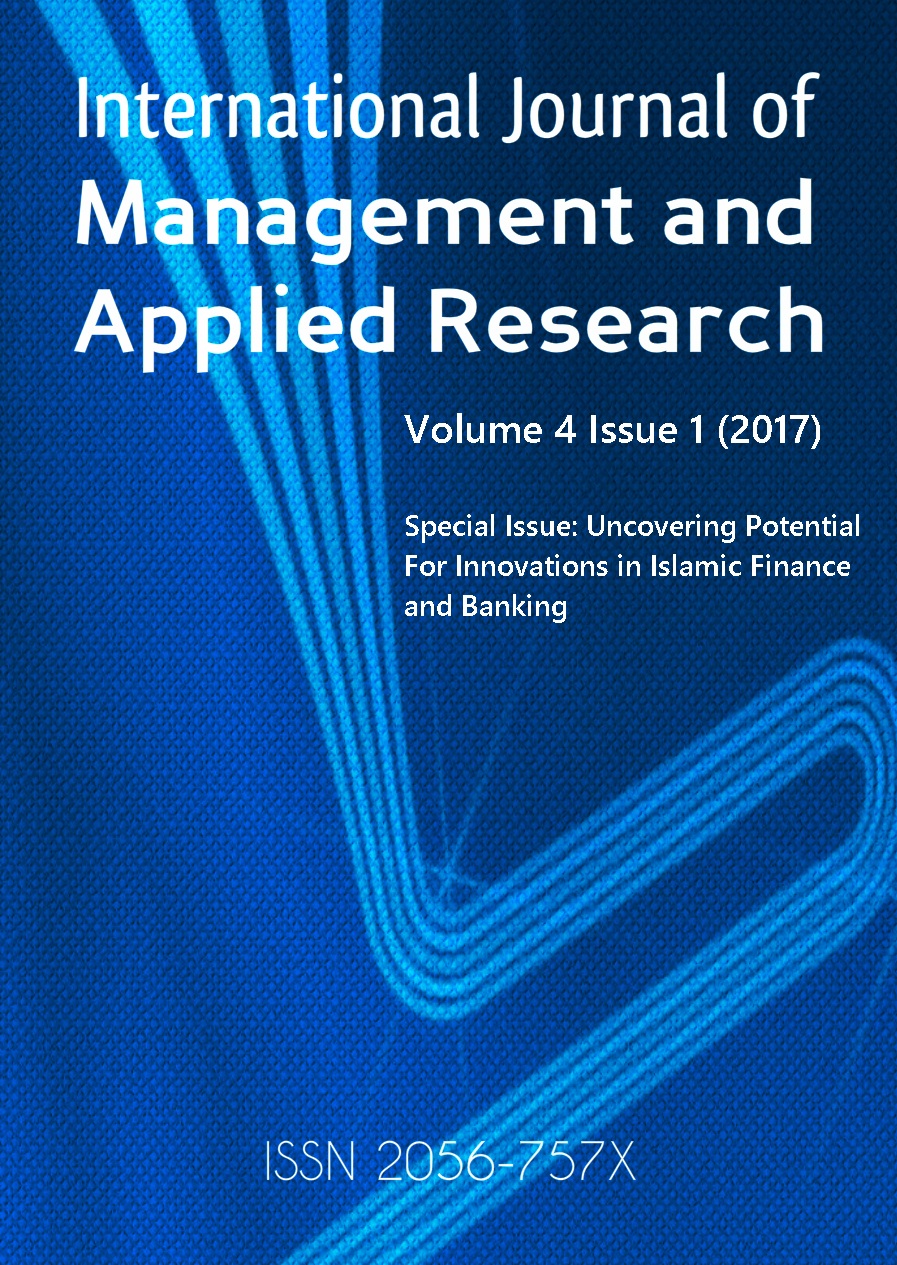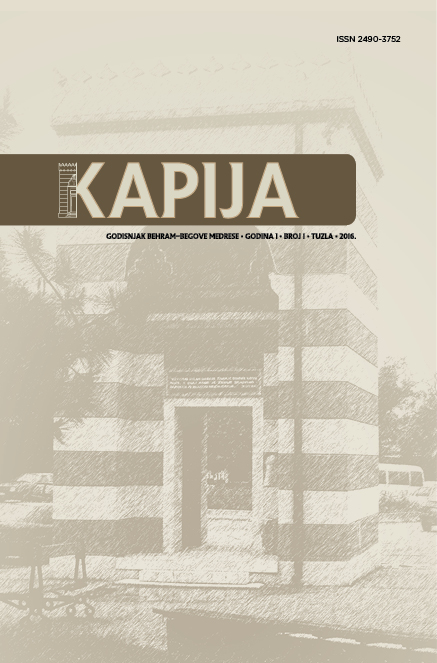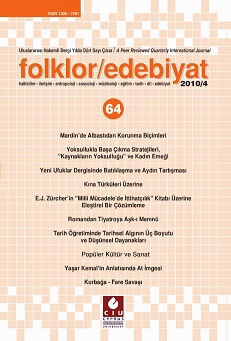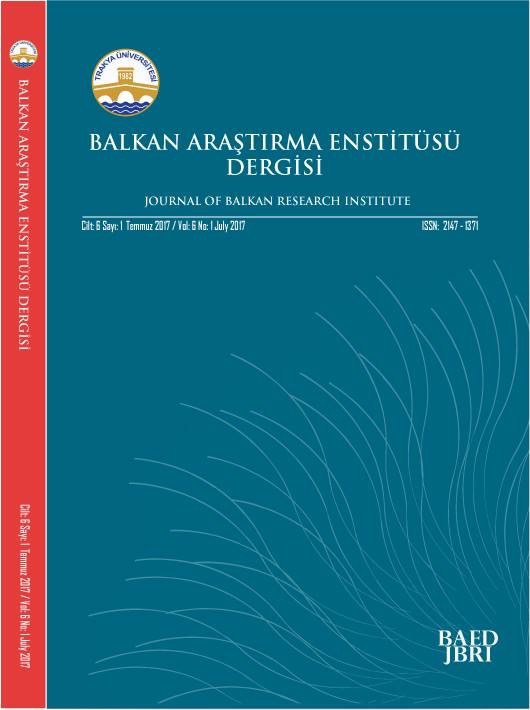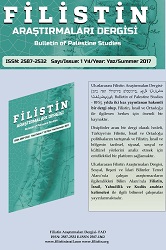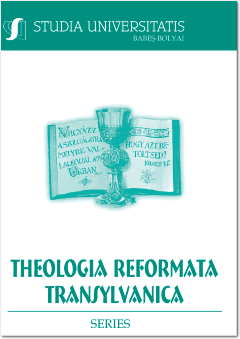Author(s): Olga Lukács / Language(s): Hungarian
Issue: 1/2017
In the time following the revolution, the Nagyenyed College (Main Study Institution) rose just like a phoenix and, because of good organization, in the 1860s it has gained fame once again. In 1868, however, another turn of events put an end to its good financial situation and recovery. This event had a great impact on the future development of pastors’ education. So much so that the turn of events itself brought into question the survival of the institution and its competence in theological education. To keep track of the presented events, a brief description of the economic situation, the supervision and the operation of the Main Study Institution is needed.In Transylvanian Reformed schools the supervision of the church district was carried out by the School Leadership Board made up of the curators and the school teachers. Within the limits of religious legislation, the Board had disposal of all school income. Each year, this body presented a report on the school’s financial situation to the Church District Administrative Council. Property sale or acquisition was only possible with the consent of this Council.From the revolution to 1868, a church district trustee – the so called inspector-curator –, Ferenc Fosztó handled the financial affairs of the college alone, the school leadership having little to say in the matter.After 1868, a teacher – the so called inspector-professor –, Dániel Kasza took over handling the financial situation of the school. Apart from the current affairs, Kasza handled all matters with the consent of the School Board, having to report to it. In the period of Dániel Kasza the financial situation of the college flourished. Without lessening the school’s capital, three new teachers’ homes were built, teachers’ salaries were raised, new departments were created, the best students could go abroad on scholarships, new properties and agricultural equipment was bought. However, following Kasza’s death, no teacher wanted to take on the work that he has done with great commitment, for free. In this period, wasting and selfishness has grown to such proportions that the college was on the brink of financial collapse.The study presents those events which lead to the near bankruptcy of the Nagyenyed College by 1879. It presents the debates and lawsuits, which were proven to be barren initiatives and in the end, no one could be held accountable.During the stormy debates on the financial situation of the Nagyenyed College, the Ferencz József University was established and solidified in Kolozsvár (Cluj). These two facts highly influenced the new dilemma of the next two decades, which, apart from the financial collapse of the Nagyenyed College, aimed at moving the education of Reformed pastors to Cluj. As a final closure of the debate, pastors’ education was finally moved to Cluj in 1895.
More...
